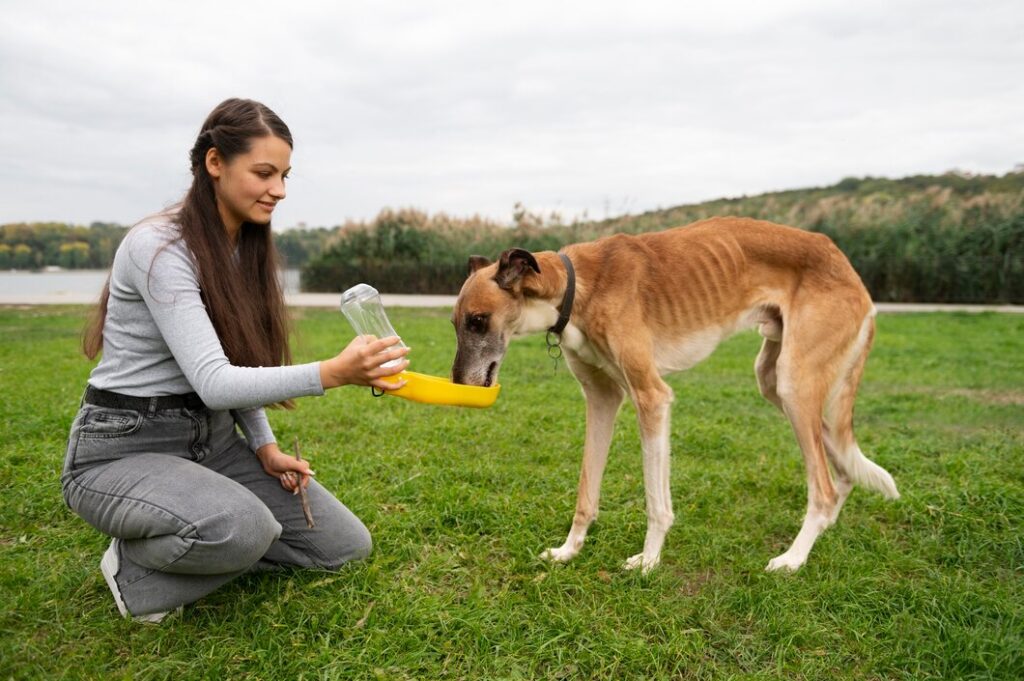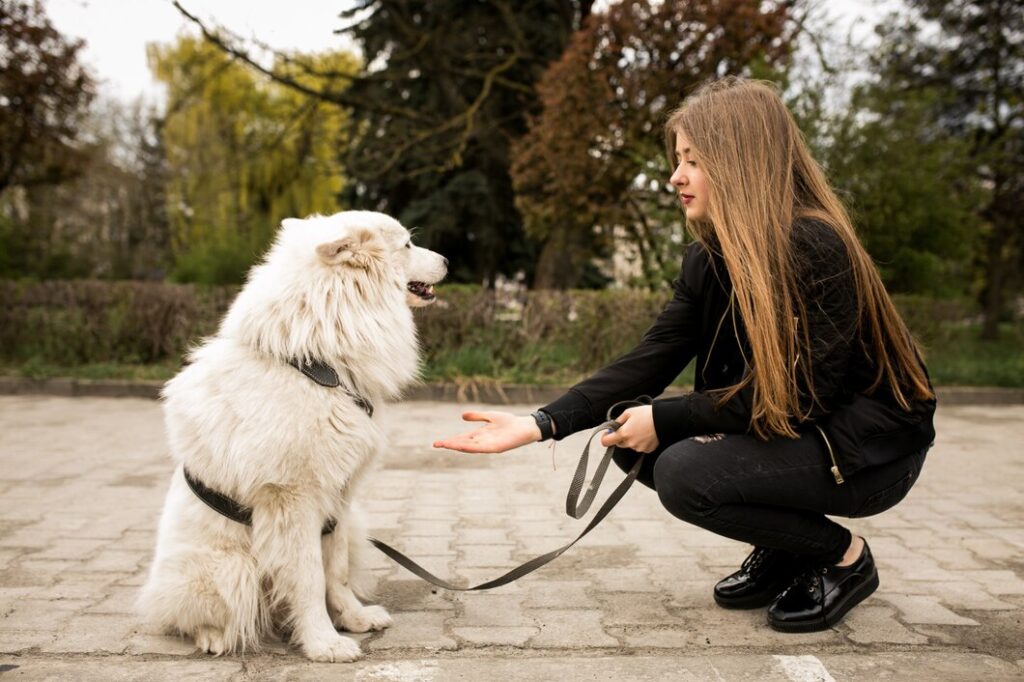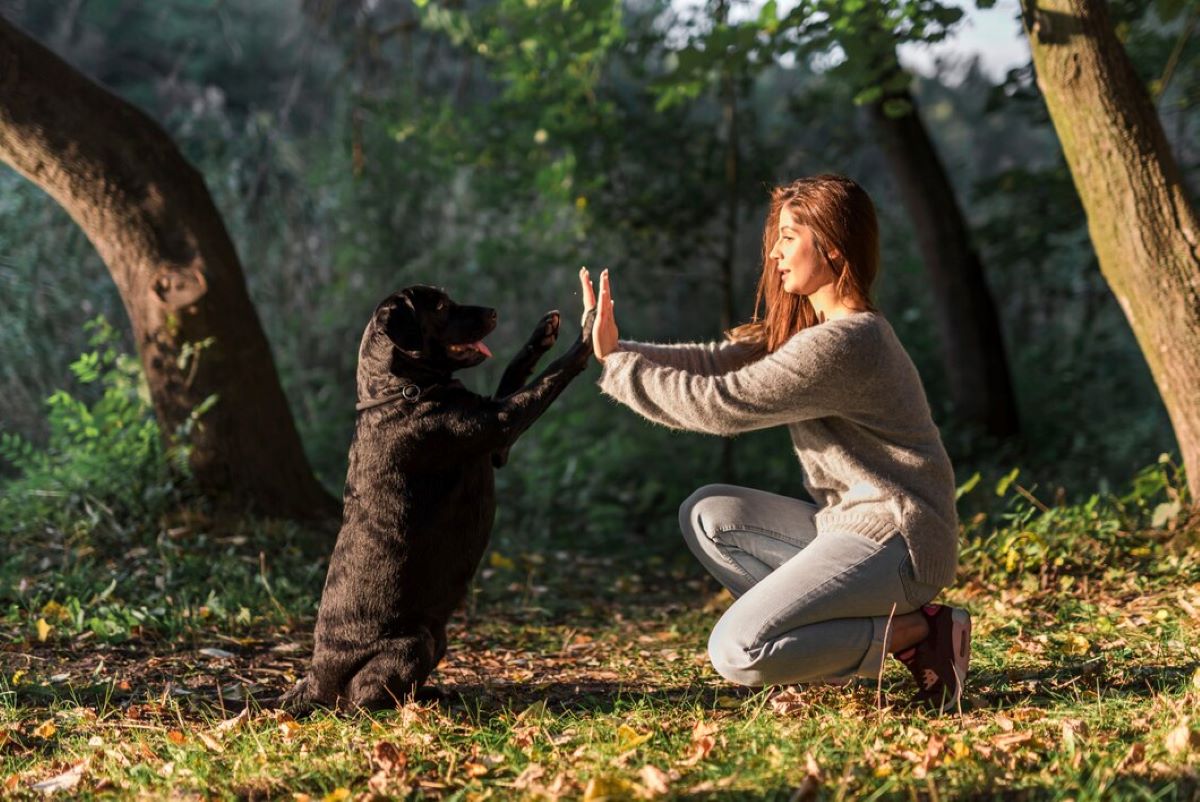There is Mastering on How to Train a Dog by A Comprehensive Guide
In a world where dogs are not just pets but cherished companions, the importance of proper training cannot be overstated. Training not only enhances the bond between a dog and its owner but also ensures the safety and well-being of both parties. However, the process of training can seem daunting to many pet owners.
Fear not, for in this comprehensive guide, we will delve into the intricacies of dog training, providing you with practical tips and techniques to effectively train your furry friend.
Understanding Your Dog:

Before embarking on the journey of training your dog, it is crucial to understand their behavior, instincts, and communication cues. Dogs are social animals with a hierarchical structure ingrained in their nature. They thrive on routine, consistency, and positive reinforcement. Additionally, each breed has its own characteristics and predispositions, which should be taken into account during training.
Establishing Leadership:
One of the fundamental principles of dog training is establishing yourself as the leader or “alpha” of the pack. This does not mean resorting to dominance-based methods but rather earning your dog’s respect through calm assertiveness and clear communication. Set boundaries and enforce rules consistently, but always with kindness and patience.
Basic Commands:

Teaching your dog basic commands lays the foundation for further training and facilitates better communication. Start with simple commands such as sit, stay, come, and heel. Use positive reinforcement techniques such as treats, praise, and affection to encourage desired behaviors. Repetition and consistency are key to reinforcing these commands.
Leash Training:
Proper leash training is essential for both the safety of your dog and the enjoyment of walks together. Begin by introducing your dog to the leash gradually, allowing them to sniff and investigate it. Use treats to reward them for walking calmly beside you and gradually increase the duration of walks. Address any pulling behavior promptly, redirecting their attention back to you.
Socialization:

Exposing your dog to various people, animals, and environments from an early age is crucial for their social development. Organize playdates with other dogs, visit dog-friendly parks, and enroll them in puppy socialization classes. Positive experiences during socialization will help prevent fear and aggression issues later in life.
House Training:
House training is a fundamental aspect of dog ownership, ensuring a harmonious living environment for both you and your pet. Establish a consistent routine for feeding, potty breaks, and bedtime. Use positive reinforcement to reward desired elimination behavior and supervise closely during the training process. Accidents are inevitable, but patience and consistency will lead to success.
Addressing Problem Behaviors:

Every dog will exhibit undesirable behaviors at some point, but it’s essential to address them promptly and effectively. Whether it’s excessive barking, chewing, digging, or aggression, understanding the root cause is key to implementing the right solution. Consult with a professional trainer or behaviorist if needed, and always prioritize positive, reward-based methods over punishment.
Advanced Training:
Once your dog has mastered the basics, you can explore more advanced training techniques and activities to further stimulate their mind and body. This may include agility training, obedience competitions, scent work, or even therapy dog certification. Tailor the training regimen to your dog’s interests and abilities, making it a fun and rewarding experience for both of you.
The Importance of Patience and Consistency:

Above all, remember that dog training is a journey that requires patience, consistency, and ongoing commitment. Progress may be gradual, and setbacks are inevitable, but perseverance will ultimately lead to success. Celebrate small victories along the way and cherish the bond that grows between you and your furry companion through the training process.
Things You Should Know
Training a dog is not just about teaching them commands; it’s about fostering a deep and meaningful relationship built on trust, respect, and mutual understanding. By understanding your dog’s needs, employing positive reinforcement techniques, and maintaining patience and consistency, you can unlock their full potential and enjoy a lifetime of companionship filled with joy, laughter, and unconditional love. So, embark on this journey with an open heart and a willingness to learn, and watch as your dog transforms into a well-behaved and cherished member of your family.




Some truly nice and useful information on this site, as well I believe the layout contains great features.